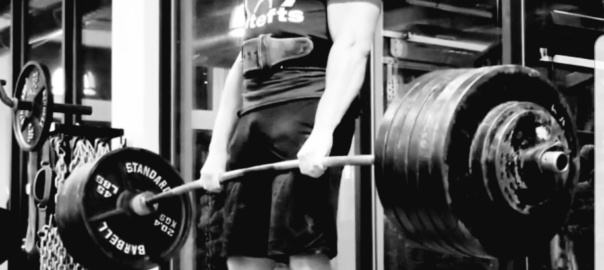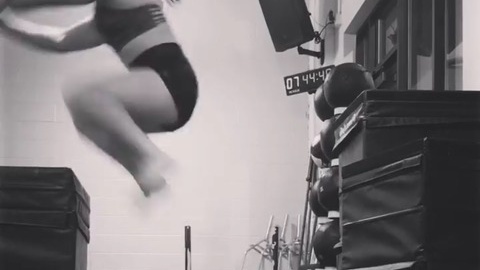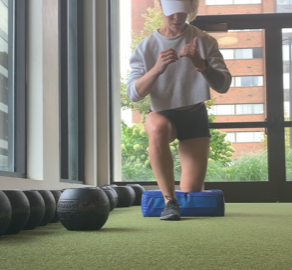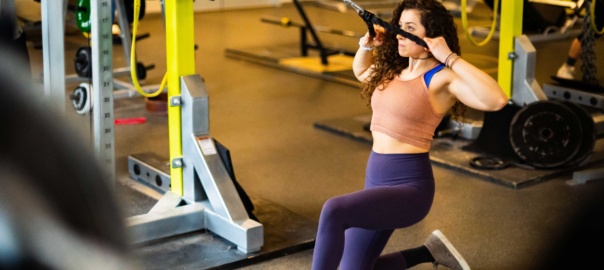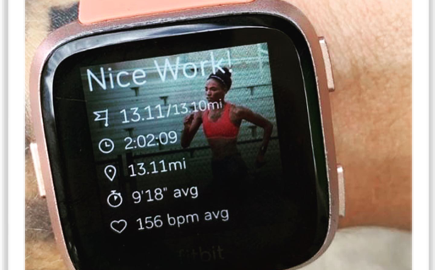Getting to this point in my training has been an interesting, journey. I am currently 6 weeks out from my first full powerlifting meet since the first annual Iron City Open in June of 2018. Since then, I have battled with a few injuries that have been just enough of a burden to keep me from being able to train consistently. For a quick recap: this past January I strained my glute at the beginning of a meet prep. In March, 3 weeks out from that same meet, I partially tore my hamstring and was unable to fully compete. After going through 8 weeks of recovery afterward, I got back into training consistently with the goal of getting back on the platform this November. Then, 2 months ago, I strained my IT band while squatting immediately after a long car ride back home to Maryland. I was frustrated, confused, and didn’t really know what direction to take. After getting some help and guidance from a few close friends, including my mentor Casey Williams, I have been able to fix and correct many of the underlying issues that were the cause of these injuries. I am currently feeling and moving better than I have in a very long time. This past week was a good week for me, both physically and mentally. It was my first week getting back into the competition lifts, and adding some decent weight to the bar. Here’s a breakdown of this past week of training.
Saturday:
Competition squats: Worked up to 625×2.
Paused belt squat: 6 plates per side: 3×8
45 degree back extensions: 3×12 with red band
Alternating fatbell reverse lunges: 3×10 each leg with 30s
Weighted planks: 3×30 seconds with 45lbs.
Monday:
Fat bar bench press: 3×3 @ 335lbs + 80lb chain
Flat bench dumbbell press: 2×20 with 115s
Tricep skull crushers: 4×12 @ 95lbs
Chest supported row: 4×10 @ 100lbs
Cable tricep extensions: 4×20 @ 80lbs
Band pull aparts: 4×25
Wednesday:
Competition deadlift: 2×3 @ 635 & 655
Barbell RDLs: 3×8 @ 315
Bent over barbell rows: 3×8 @ 275
GHR: 3×10
Weighted planks: 3×30 seconds with 45lbs.
Thursday:
Dynamic effort bench: 8×3 @ 175 + doubled red minis & 1 chain
Incline Dumbbell press: 4×10 with 100s
Standing single arm overhead fatbell press: 3×10 each arm @ 60lbs
Fatbell tricep extension: 4×20,15,12,10
Cable face pulls: 4×25 @ 70lbs
Seated fatbell shrugs: 3×15 paused with 50s
Sundays, Tuesdays, and Fridays consist of light stretching, mobility, and a few Physical Therapy exercises courtesy of my good friend Jared Caroff.
Although it’s been frustrating at times, I’ve enjoyed the ups and downs of getting to this point. I’ve learned a lot (both about my body, and myself as a person) and am looking forward to the road ahead. With every challenge comes a new opportunity to learn and to grow.
